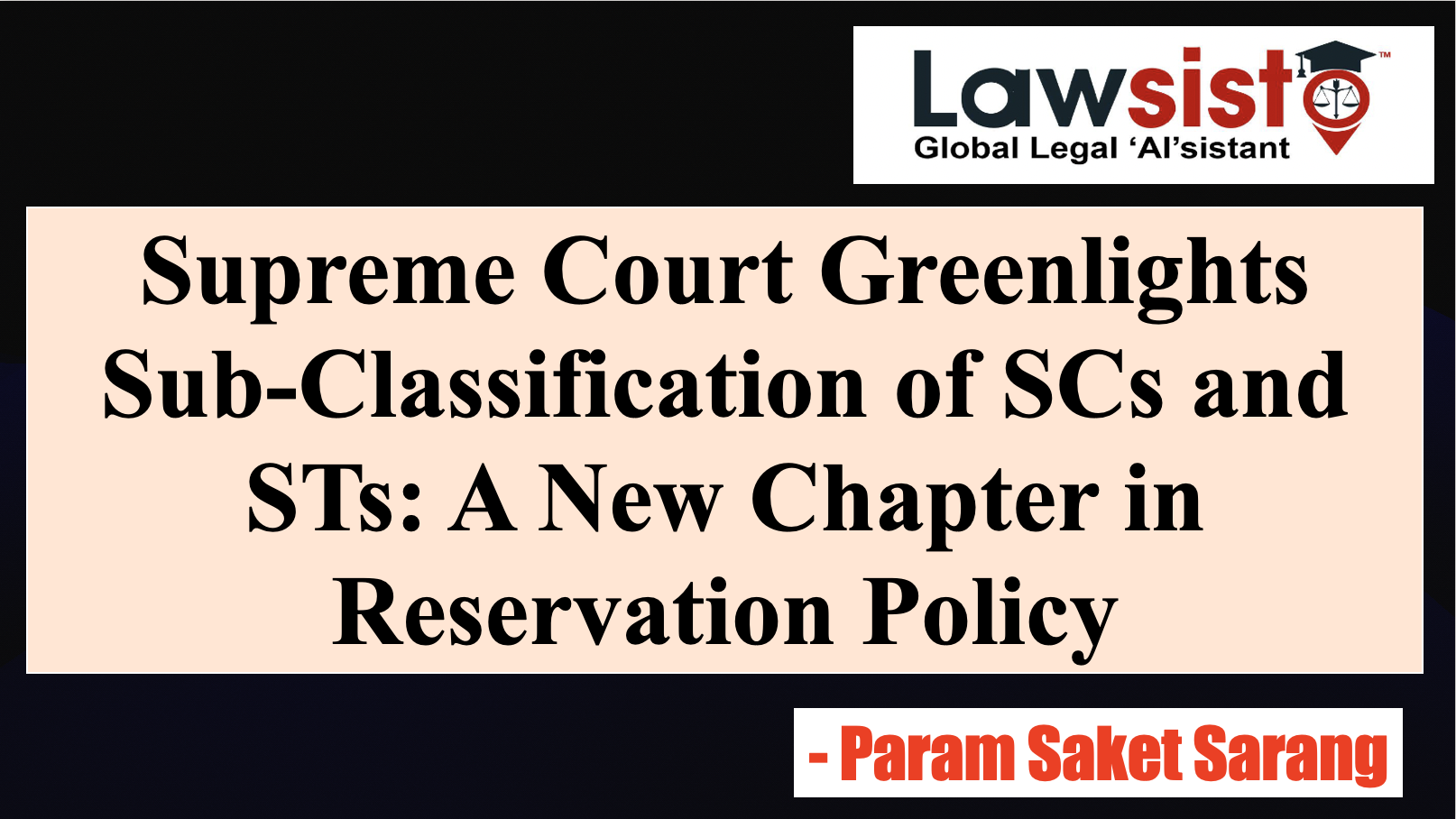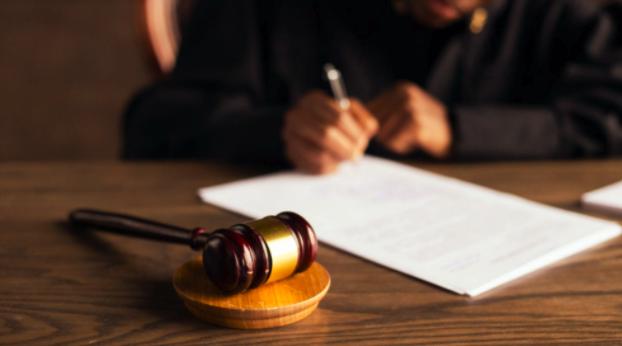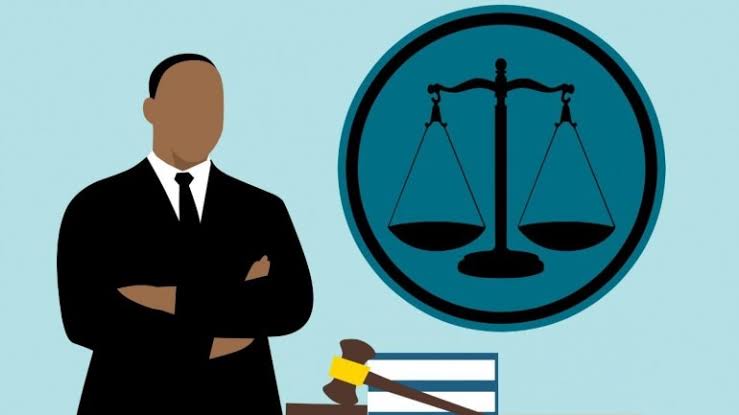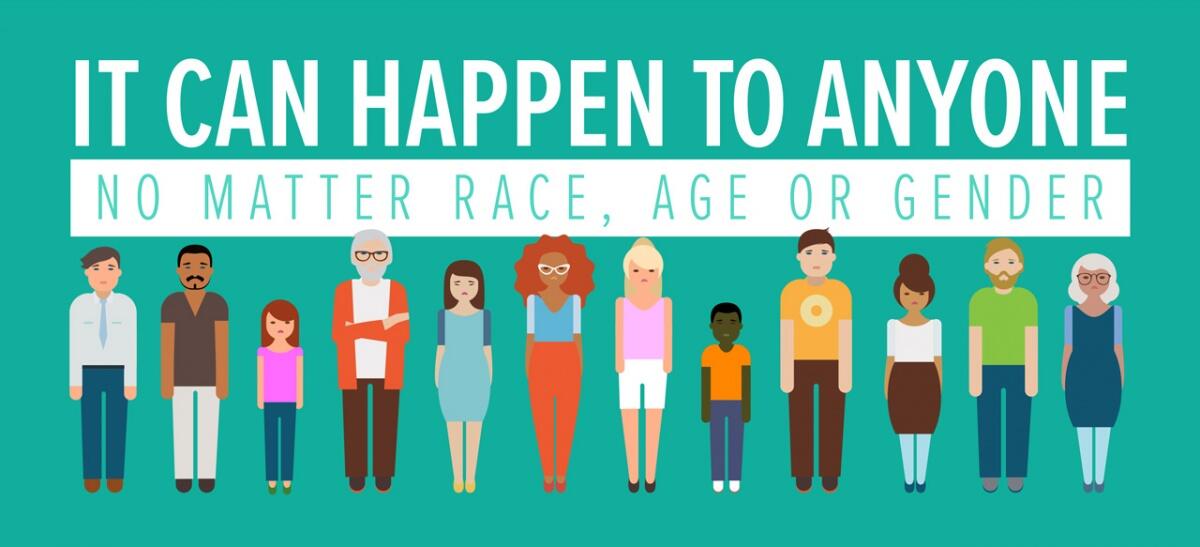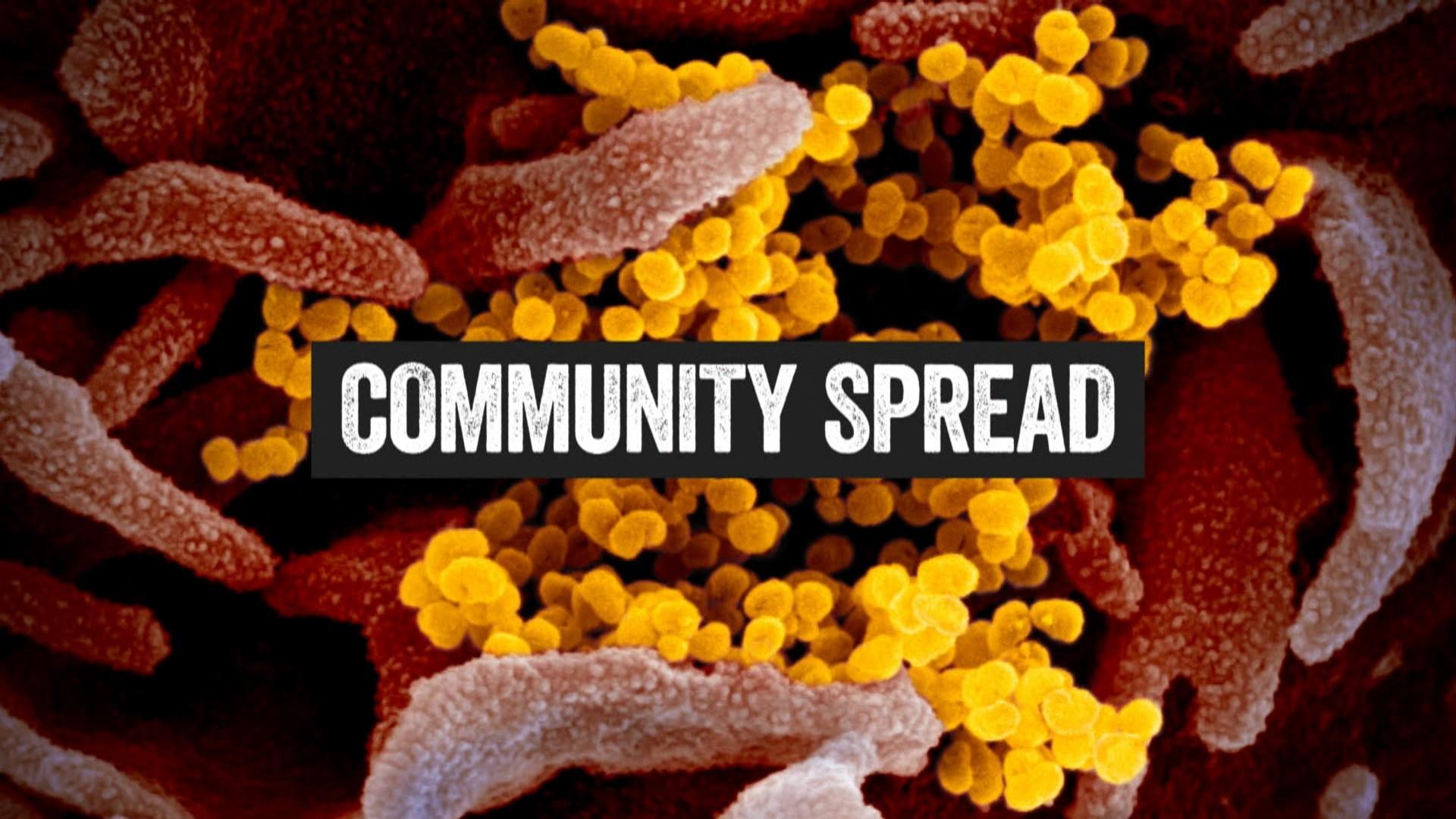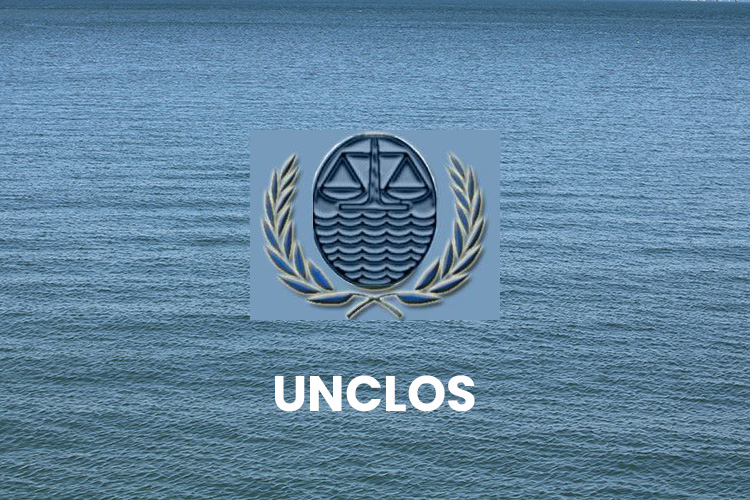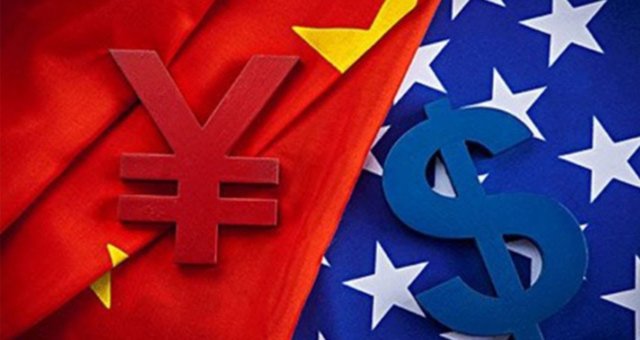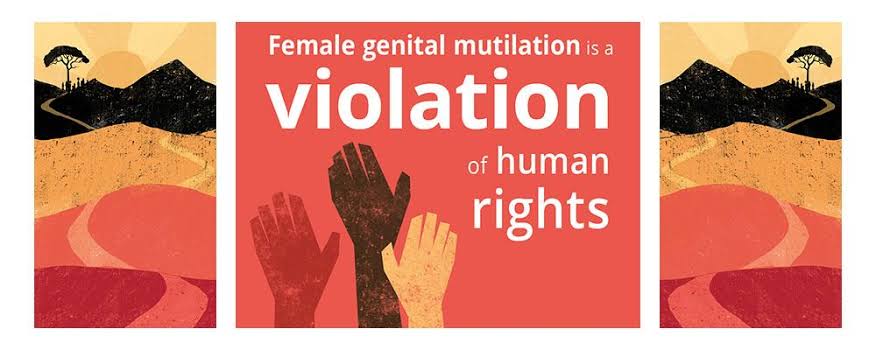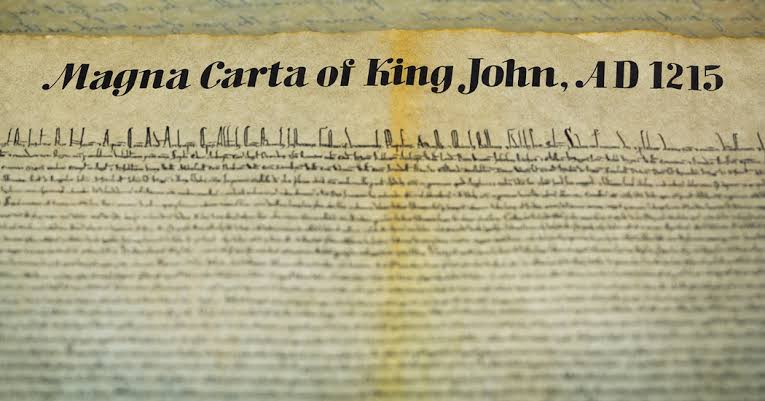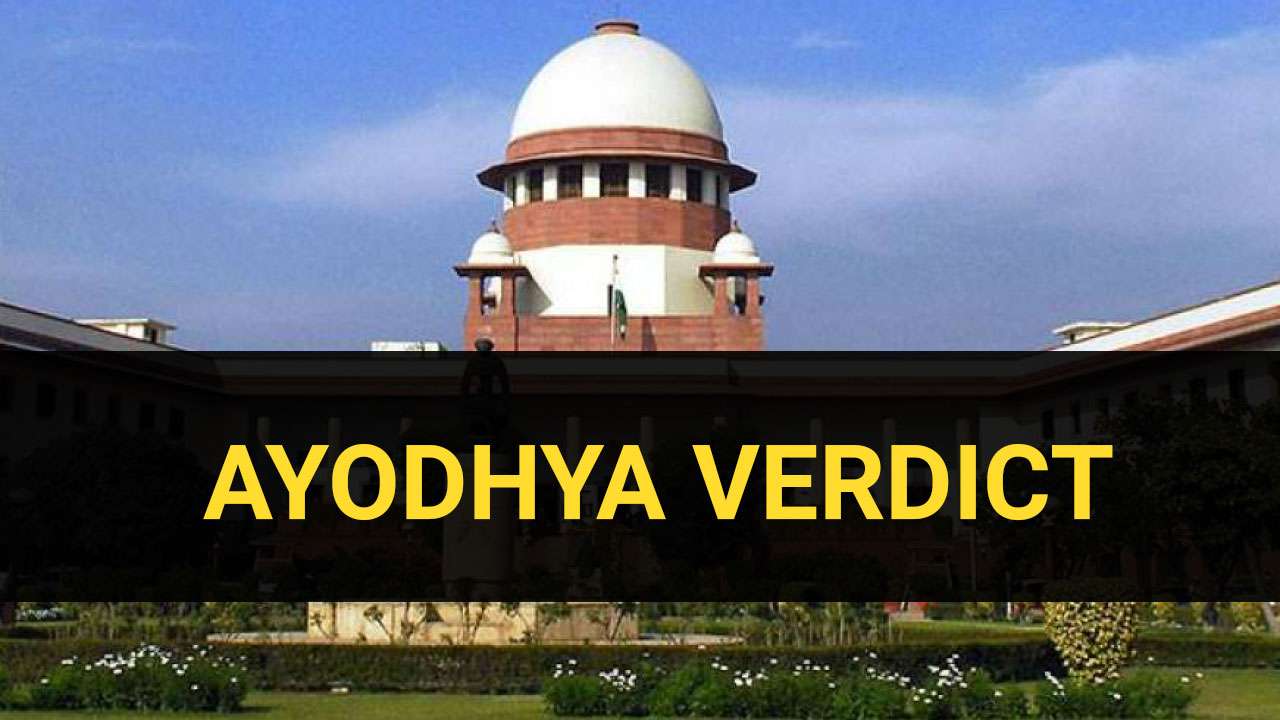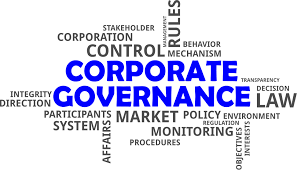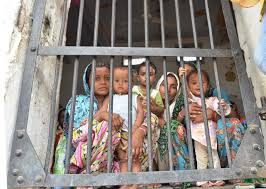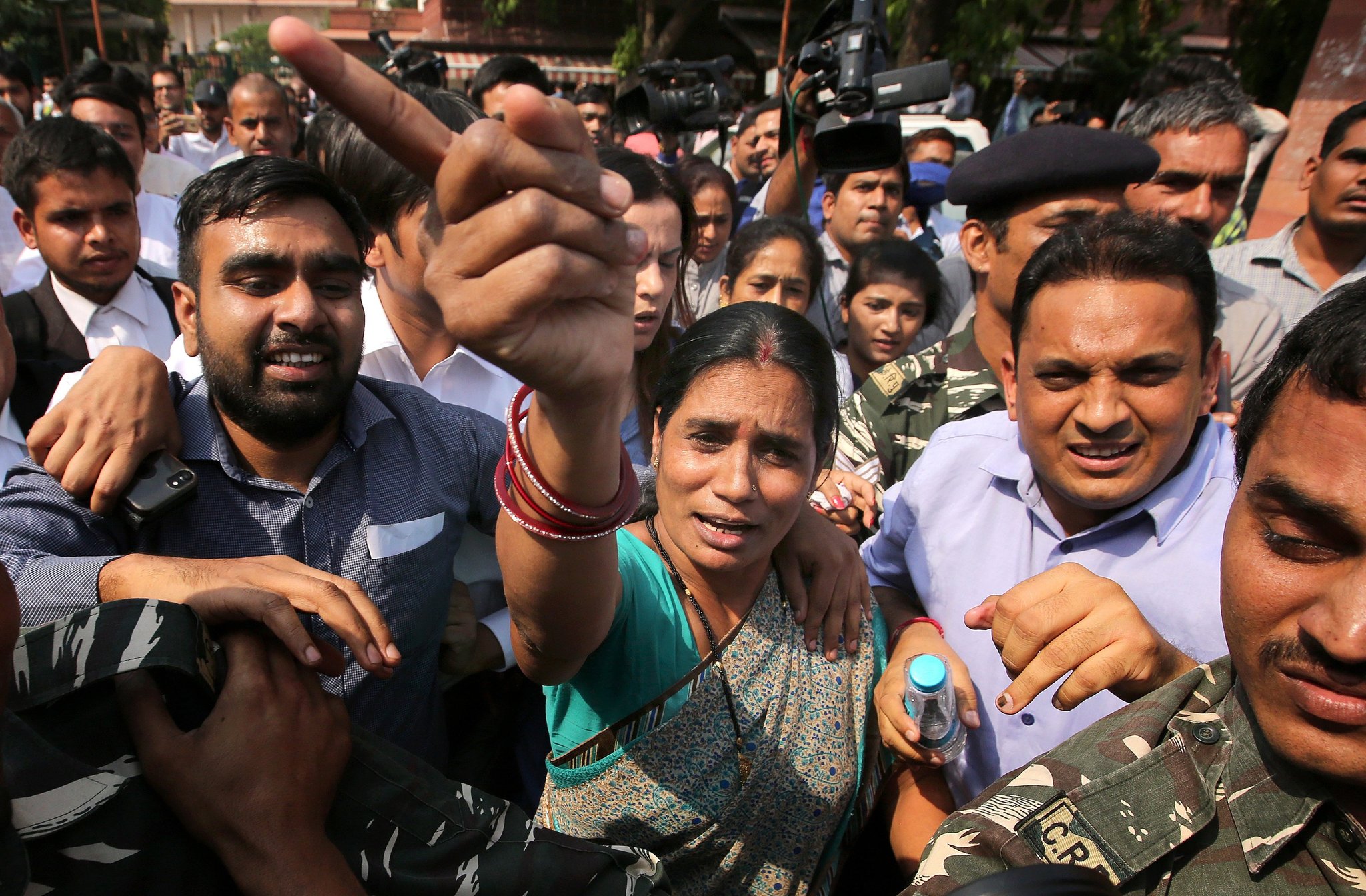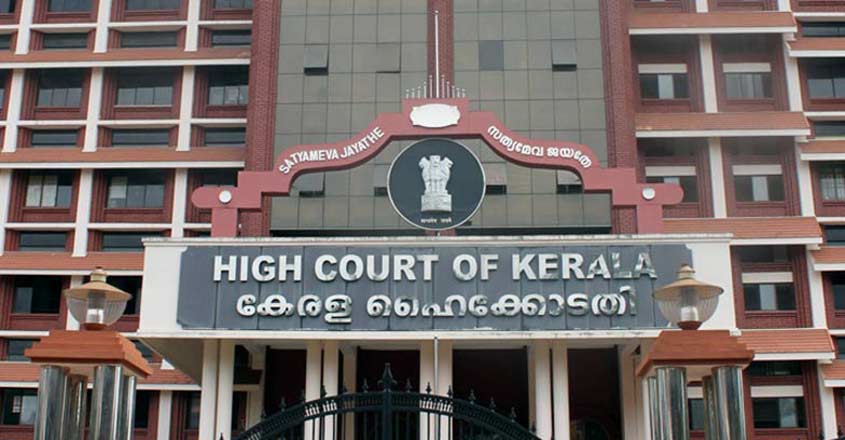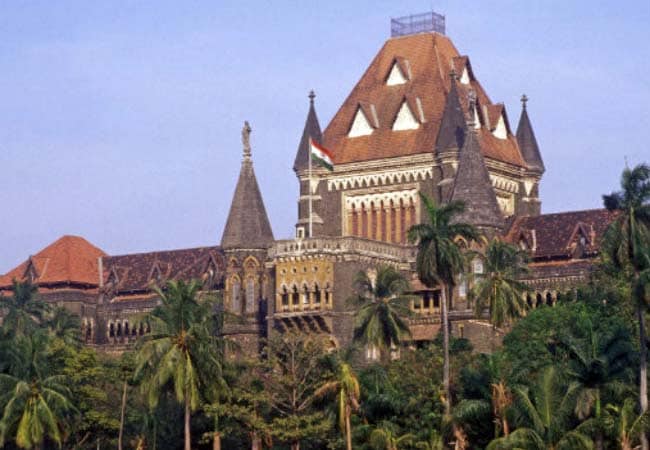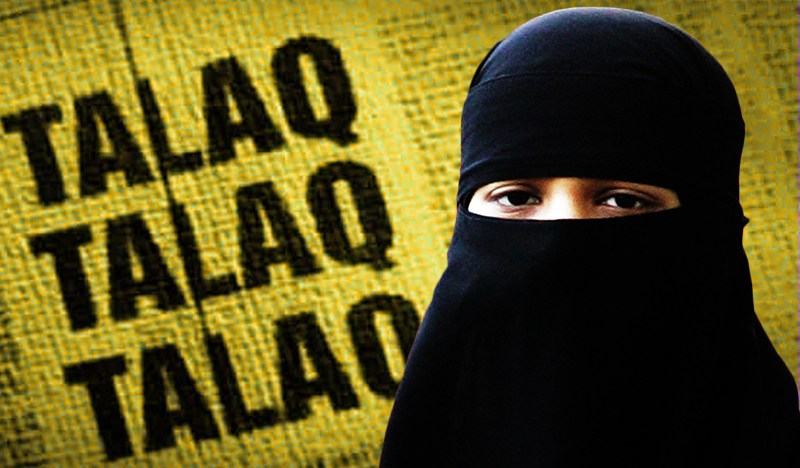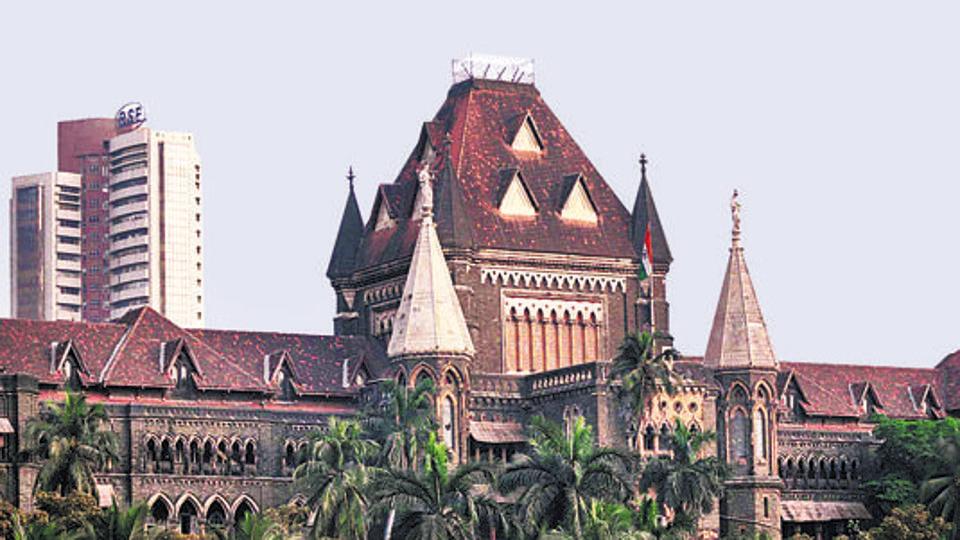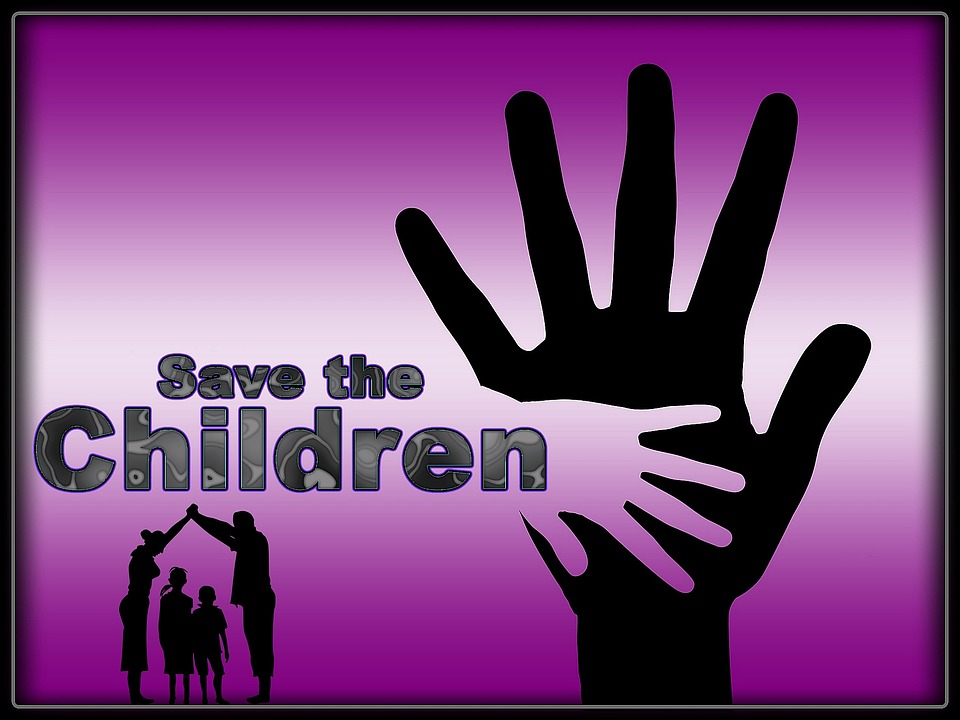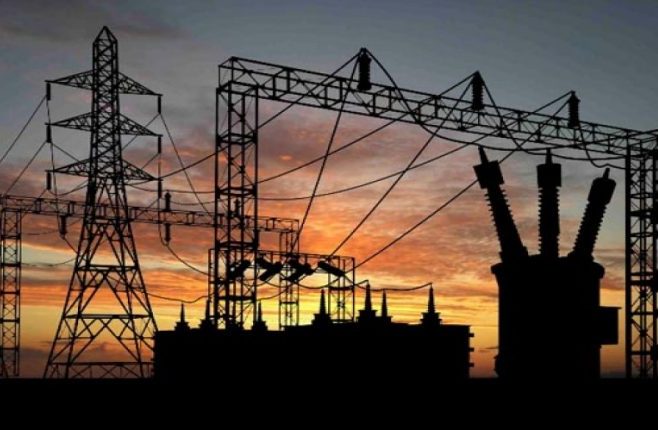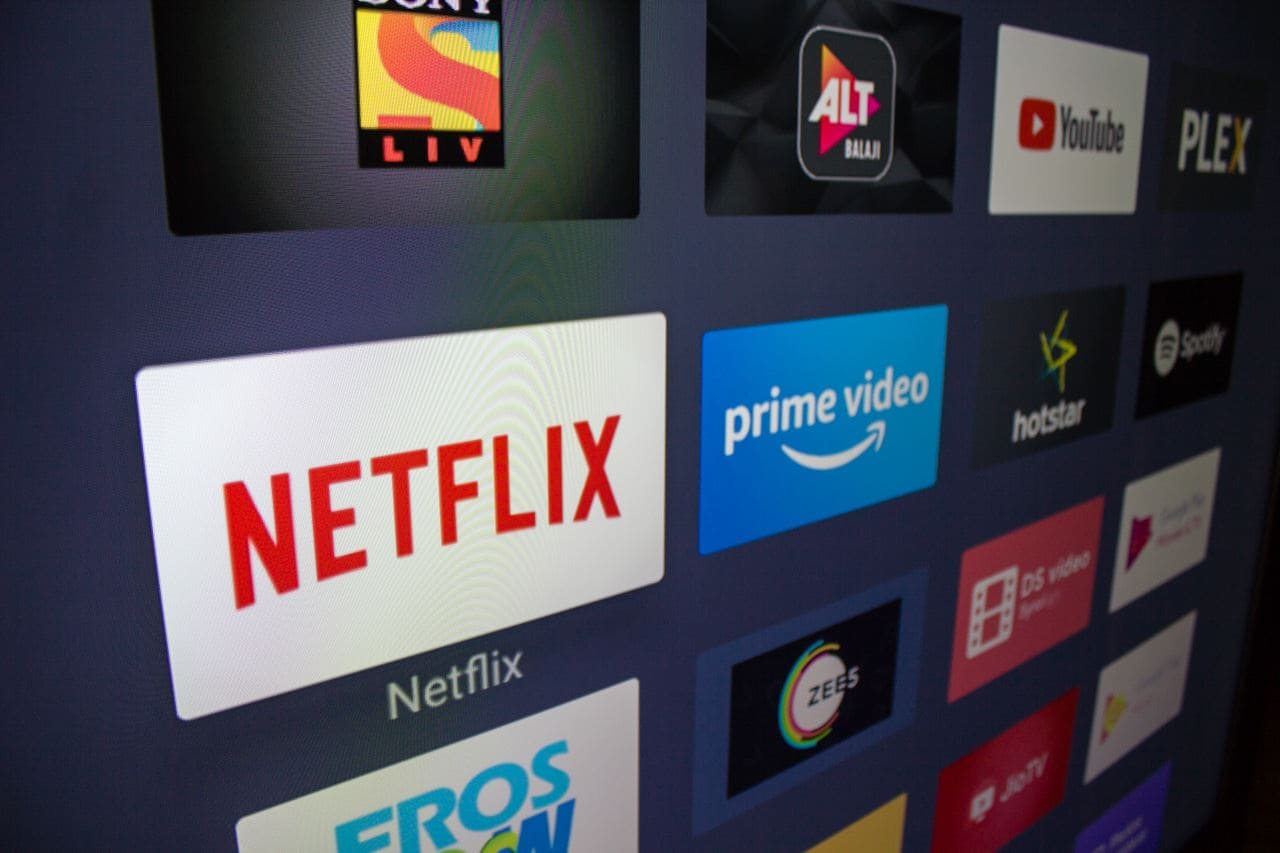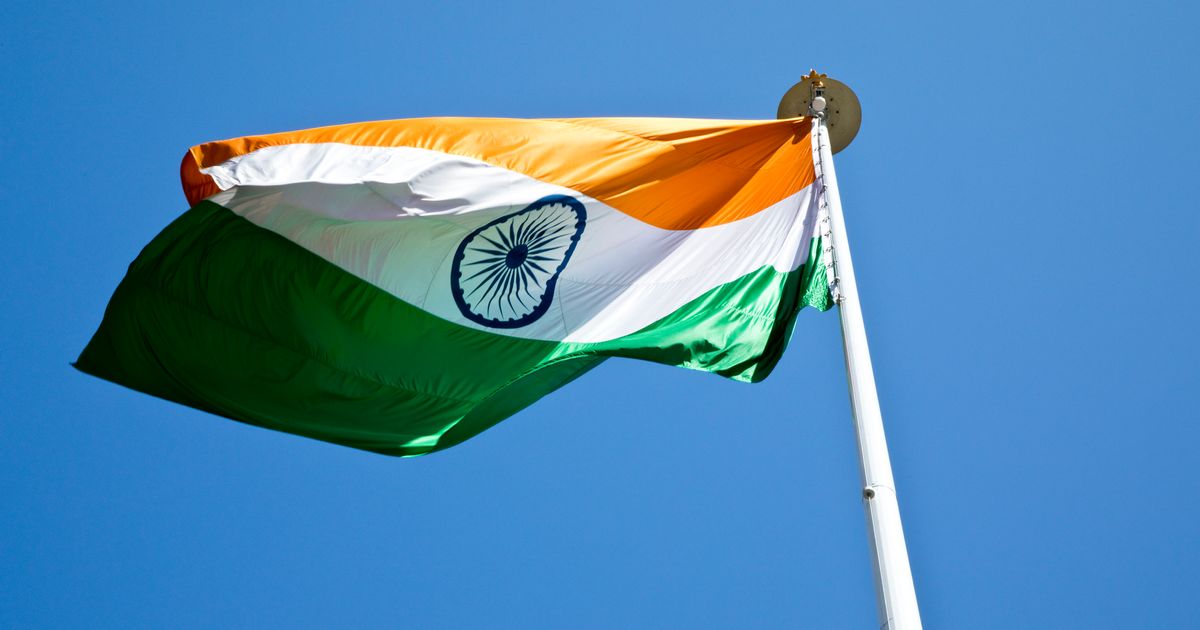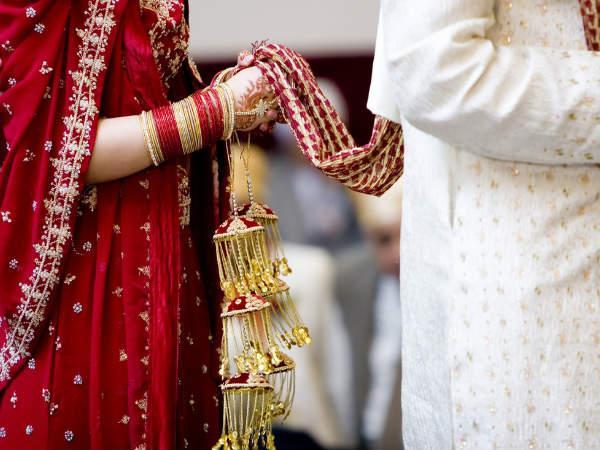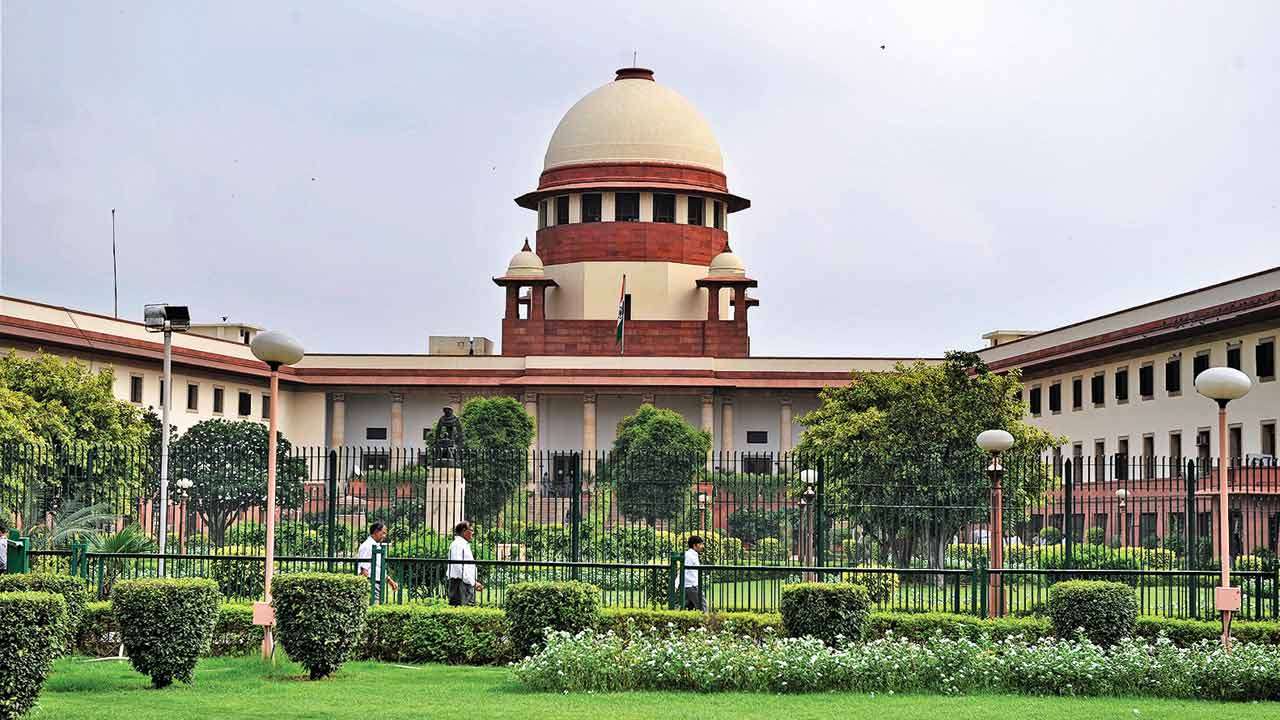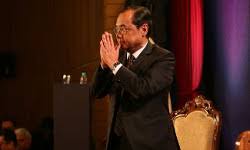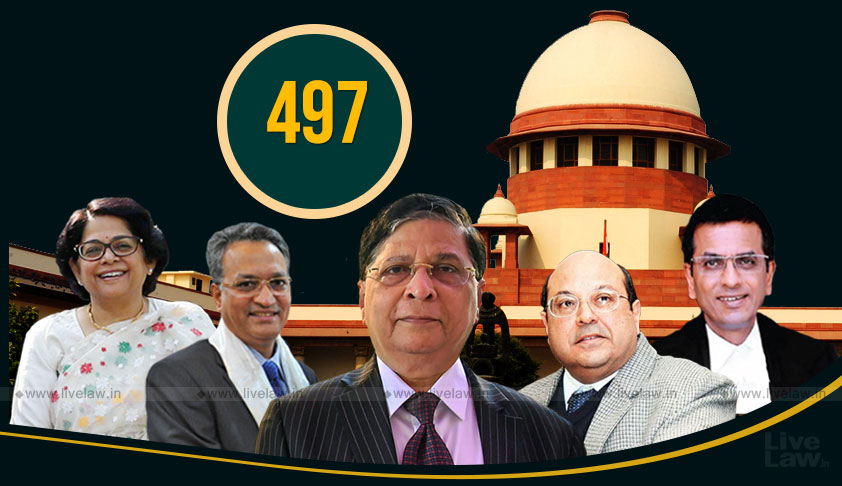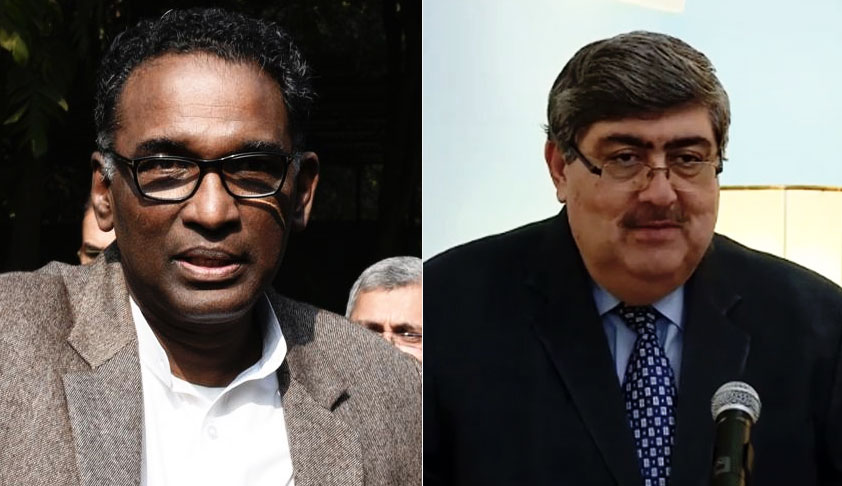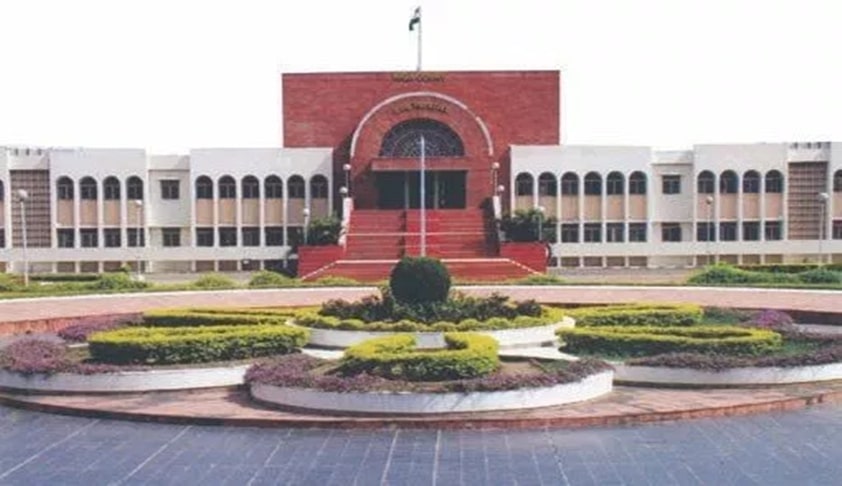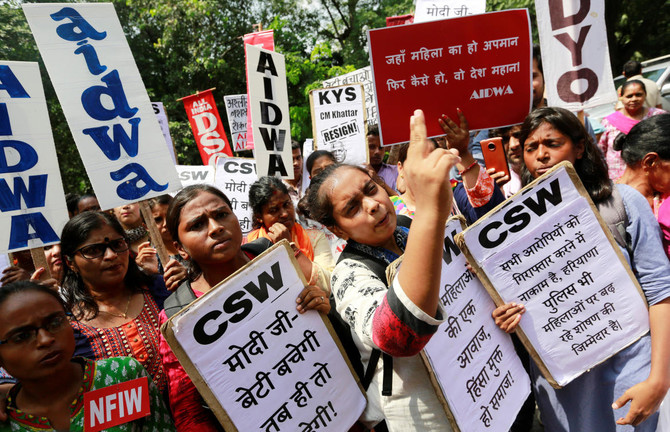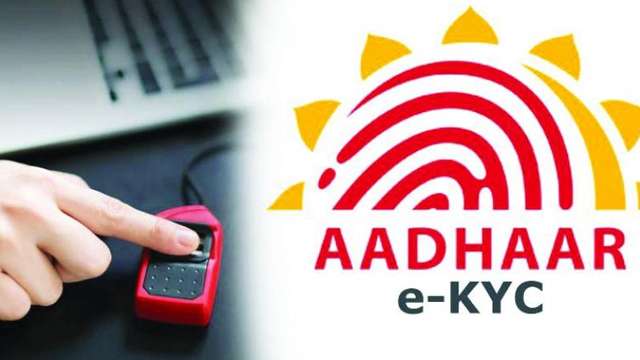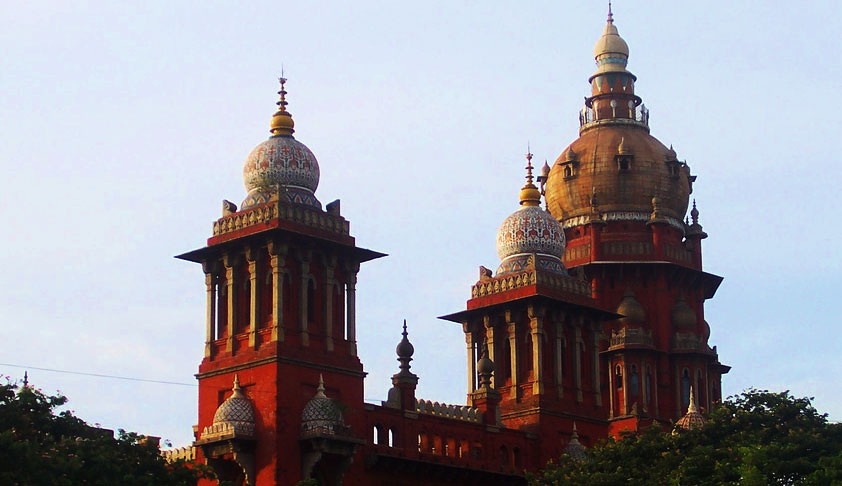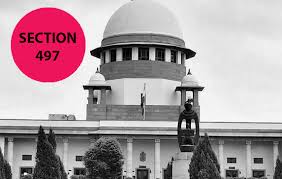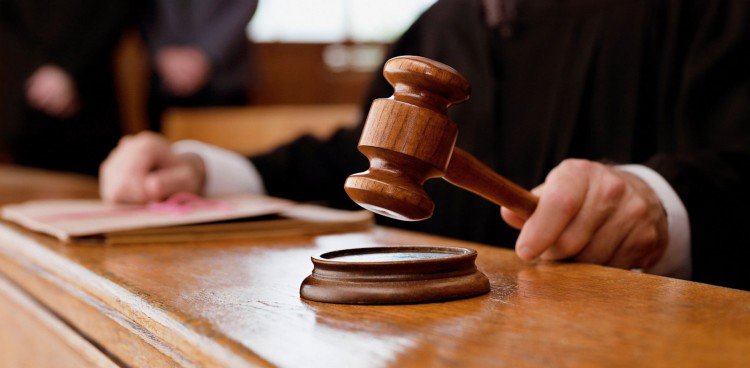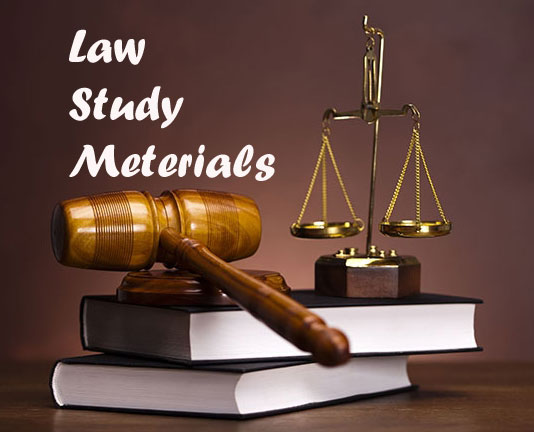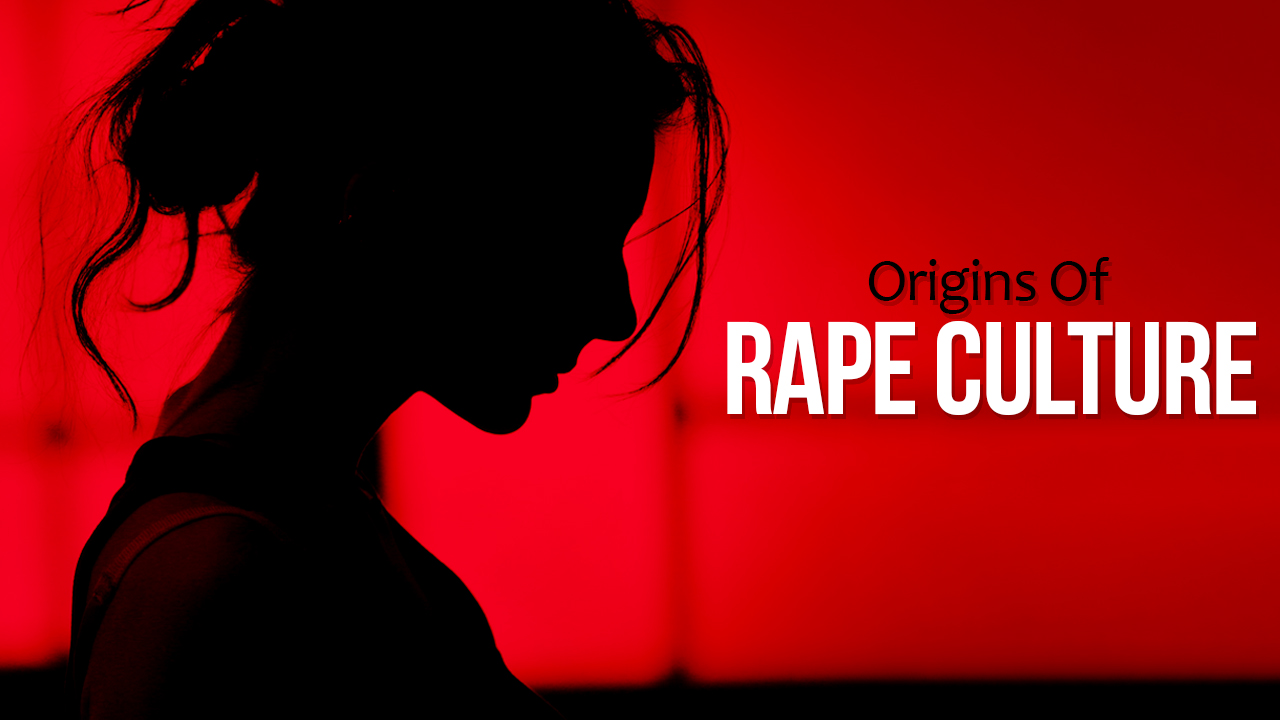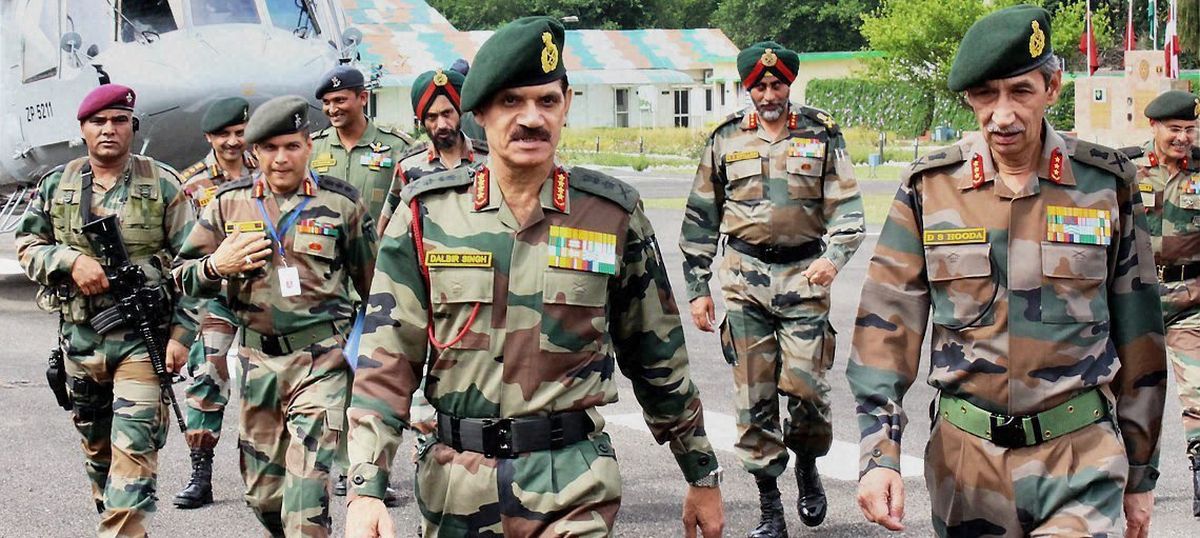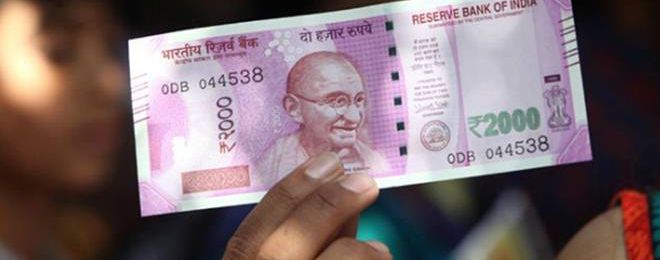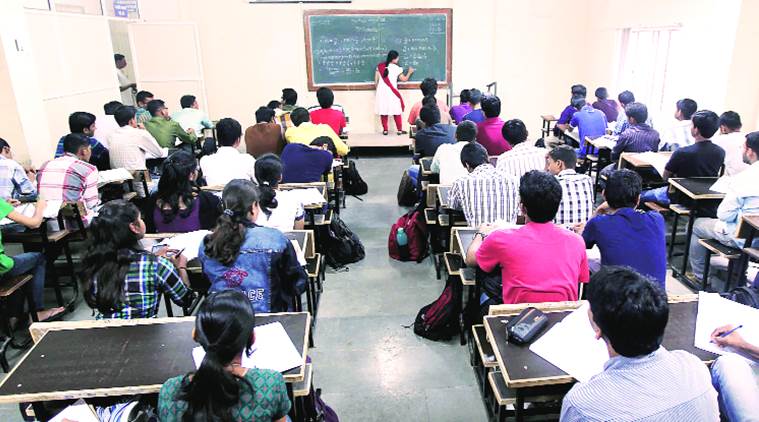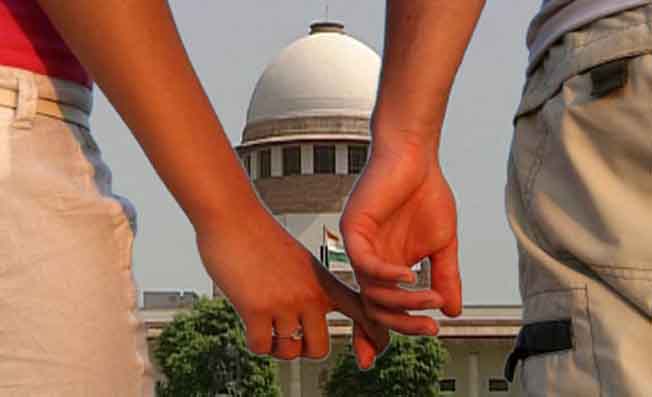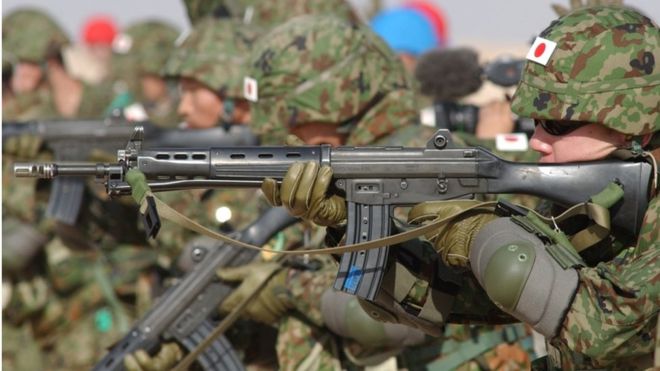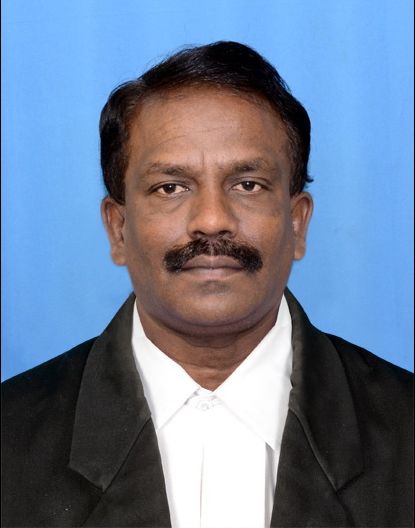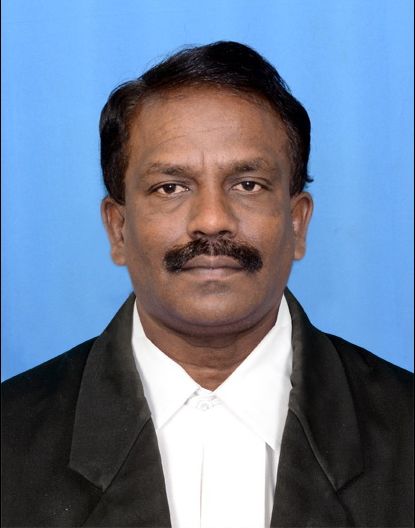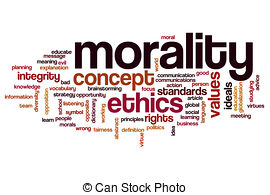Latest Articles
2G Scam : The 2G Scam and much more

The scam which was touted to be the biggest scam in independent India, which led to the debacle of the UPA in the last elections reducing it to few numbers in Lok Sabha, maligned the image of the then Prime Minister Dr. Manmohan Singh and made its way to the Times Magazine Top 10 “Abuses of Power list” has rather unfolded in the most unexpected way. The Special CBI Court verdict created steer in the country, it acquitted all the accused in the case including former Telecom Minister A. Raja and DMK supremo Karunanidhi’s daughter Kanimozhi. The judgement has not been received well by the general people as well as by the media largely because of the fact that various anti-corruption movements and protests had followed this incident and the UPA government had lost public confidence primarily owing to this scam.
It is important here to take note of the chronology of events which created this controversy. On May, 2007, A. Raja was appointed as telecom minister and on August 2007 the DoT initiates process of allotment of 2G spectrum and licenses. On October 2007, A. Raja announces that on recommendation of the Telecom Regulatory Authority of India, there would be no auction of spectrum which would rather be allocated, DoT receives 575 applications from 46 firms and DoT decides to issue licenses on first come, first serve basis with a retrospective out of date of 25 September 2007. On May 2009, the Central Vigilance Commission receives a complaint from Telecom Watchdog , a non-governmental organization alleging illegalities in 2G spectrum allocation and the Central Vigilance Commission orders a probe by CBI. On July 2009 the Delhi High Court rules that the cut-off date for license application of 25 September 2007 was indeed illegal. On October 2009 an FIR gets filed by the CBI against “unknown” officers of DoT and unknown private persons and companies under various provisions of IPC and Prevention of Corruption Act. On September 2010, the Supreme Court issues notice to centre and A. Raja on a petition filed by Center for Public Litigation , an NGO , over an alleged Rs 70,000 crore scam in granting 2G licenses. In November 2010, the CAG report tabled in Lok Sabha says that the allocation was presumptive and a humongous loss of Rs 1.76 trillion has been caused to exchequer. Following which A. Raja had stepped down from his position of telecom minister.. On February 2011, the Supreme Court asks center to form a special court for hearing of cases related to these irregularities. On March 2011 a special CBI court was set up and the CBI filed the first charge-sheet which named Raja along with many others mainly authorities of the various companies allegedly involved in the scam, a second charge sheet filed by CBI also mentioned Kanimozhi and four others. On November 2011, the special court begins trial. On February 2012 the Supreme Court cancels 122 telecom licenses and spectrum allocated to 9 companies, stating that the process of allocation was flawed and arbitrary. It orders spectrum to be auctioned. On August 2014, another charge sheet was filed by the Enforcement Directorate against A.Raja, Kanimozhi and Karunanidhi’s wife Dayalu Ammal and 17 others. On November 2015 , SC rejects a plea by Kanimozhi for quashing of charges. On April 2017 , the special CBI court reserves verdict in 2G spectrum allocation case and the Special court finally acquits all accused . The operative part of the judgement being read by CBI judge O.P Saini in the Special CBI court of Patiala House Courts in New Delhi.
Legal experts have widely differed with regard to their opinion on the judgement. While some considered the judgement a result of flawed work by the prosecution , while some blamed the CBI for not being able to produce good evidence and conducting a fair investigation process, while some others opined that there was no scam at the first place and it is unfair to blame the prosecution because the prosecution didn’t have enough material at the first place. . There is also this fact that the whole decision to give spectrum at a pre-determined price can never actually be a scam at the first place because if government decides to give infrastructure to people at cheaper rates through these companies that it cannot possibly amount to a scam, there were also some others who believed that such hue and cry with regard to the judgement is completely irrelevant since the case can go to the higher courts. The Special CBI Court judgement clearly has certain important points on how the prosecution actually handled the case. The judgement very clearly mentions that the fate of the case depended upon the witnesses from DoT and witnesses from the company. The judgement mentions that several applications were filed in the court on behalf of the prosecution, however in the latter and final phase of the trial, no senior officer or prosecutor showed willingness to sign these applications. The judge writes that in the later phase of the trial the prosecution was diffident and directionless. In this case several public spirited persons had also made representations, however none of them volunteered to enter the witness box. In addition to that the judgement also mentions that the charge-sheet in this case was formed as a result of selective misreading as well as out of context reading of official records.
The judgement also highlights important points with regard to misrepresentation being done to the then Prime Minister Man Mohan Singh regarding the case. The judgement very clearly mentions that a letter dated 02.11.2017 was written by the A. Raja informing the then prime minister about decision of Department of Telecom for issue of LOI’s for new licenses. However, there no was found record to establish the fact that the letter was examined by the then Prime Minister. There was no evidence to even establish the fact that these letters were deliberated in PMO.. There was another letter written by A. Raja to then Hon’ble Prime Minister. This letter mentioned many important issues the most relevant being subscriber linked criteria for allocation of spectrum, the issue of licenses involving a three stage process issue of LOI, issue of license and grant of wireless license. The letter was treated as urgent and the Principal Secretary was instructed to go through the letter. The court finds that the Principal Secretary after going through the letter , discussed the issue with Pulok Chatterjee , a PMO official who therein made a note of the issues mentioned in the letter to be presented to the Prime Minister. The court also found that the letter only mentioned about issues of how spectrum was available in the country , how much was available in other countries but did not consider at all issue of new licenses which were to be issued as per the changed criteria from date of application to date of payment. The court categorically mentions that the note gave the Prime Minister only a partial view of the matter and not a complete one. The court says that the “the go-ahead” sign to the DoT was given from the PMO by Shri Pulok Chatterjee and not the Prime Minister and it is also not clear that whether the Prime Minister has actually gone through the very note or not. Highlighting the role of finance ministry the judgement also says that a letter was written by the finance secretary for grant of dual technology permission to three applicants that is Reliance,HFCL and Shyam Telelinks at a fee determined in 2001. The purpose of the letter was to ensure financial diligence. The letter also mentions that how rate determined in 2001 was applied to license issued in 2007 for these companies , further the letter wanted clarifications from the Department of telecommunication regarding issue of these license, the finance ministry in this letter further requested for a stay with regard to implementation of the licenses. The court discussing the role of the finance ministry has observed that there is no material on file so as to ascertain the view of the finance ministry , the court further observes that the finance ministry went on a silent mode in this issue from 17.12.2007 .
CBI judge O.P Saini has held that given the lack of evidence mounted by the prosecution he had no choice but to give a clean chit to the accused. The judge mentions in the judgement his agony by writing that he had been waiting in vain for over six years to receive a credible evidence from prosecution but nothing of that sort happened. Whatever the case may be, there is no doubt about the fact that the root of controversy remains the changed priority of license which was to be determined on date of payment as opposed to date of application. CBI and ED has decided to appeal against the said judgement in the Delhi High Court , it remains to be seen how the higher courts deal with the question of evidence and how the whole matter again unfolds.
